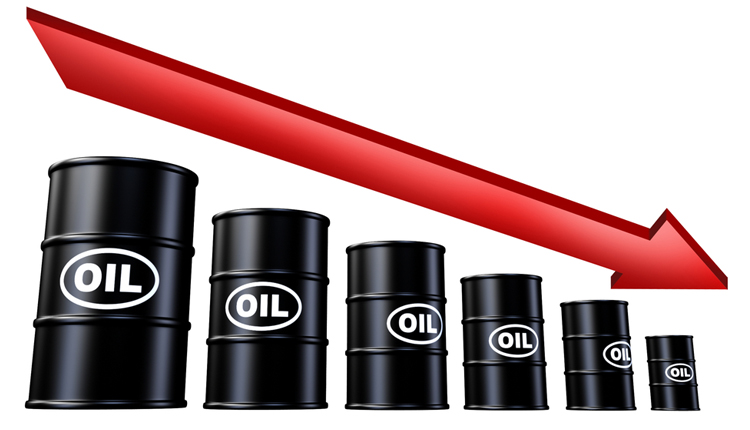Oil prices dropped more than 2 percent towards $77 a barrel on Friday as Saudi Arabia and Russia said they were ready to ease supply curbs that have pushed crude prices to their highest since 2014.
Russian Energy Minister Alexander Novak and Saudi counterpart Khalid al-Falih met in St. Petersburg to review the terms of the global oil supply pact that has been in place for 17 months.
The ministers, along with their counterpart from the United Arab Emirates, discussed an output increase of about 1 million barrels per day (bpd), sources told Reuters.
Brent crude futures fell $1.99, or 2.5 percent, to $76.80 per barrel at 8:37 a.m. ET (1237 GMT), falling further from this month’s peak of $80.50, the highest level since November 2014.
U.S. West Texas Intermediate (WTI) crude futures were down $2, or 2.8 percent, at $68.71 a barrel.
Speaking in St. Petersburg, Falih said the easing of restrictions on pumping levels would be gradual to avoid a shock to the market.
He also said the main concern over the recent price rally to more than $80 a barrel should be the impact on onsumer nations such as India and China.
“The debate about a possible relaxation of the production restrictions should preclude any renewed price rise,” Commerzbank analysts said.
“The $80 mark is likely to pose an obstacle that is difficult to overcome because it would significantly raise the probability of a production increase.”
The Organisation of the Petroleum Exporting Countries (OPEC) and a group of non-OPEC producers led by Russia started withholding output in 2017 to tighten the market and prop up prices.
Global crude supplies have tightened sharply over the past year because of the OPEC-led cuts, which were boosted by a dramatic drop in Venezuelan production.
The prospects of renewed sanctions on Iran after U.S. President Donald Trump pulled out of an international nuclear deal with Tehran have also boosted prices in recent weeks.
As a result, compliance with the deal to reduce output by 1.8 million bpd by the end of 2018 has been at 152 percent, sources said.
Novak said current cuts were 2.7 million bpd because of the drop in Venezuelan production but he declined to say whether OPEC and Russia would decide to boost output by 1 million bpd at their meeting on June 22.
Falih said that “all options are on the table” regarding targets for output cuts.
Amrita Sen, chief oil analyst at consultancy Energy Aspects, said: “Addressing overcompliance was always likely to be on the agenda amid a tight market and low inventories, but the volume to bring back is still up for debate.”
While Russia and OPEC benefit from higher oil prices, up almost 20 percent since the end of last year, their voluntary output cuts have opened the door to other producers to ramp up production and gain market share.
U.S. crude oil production has risen by more than a quarter in the past two years, to 10.73 million bpd. Only Russia produces more, at about 11 million bpd.
Source: Reuters


